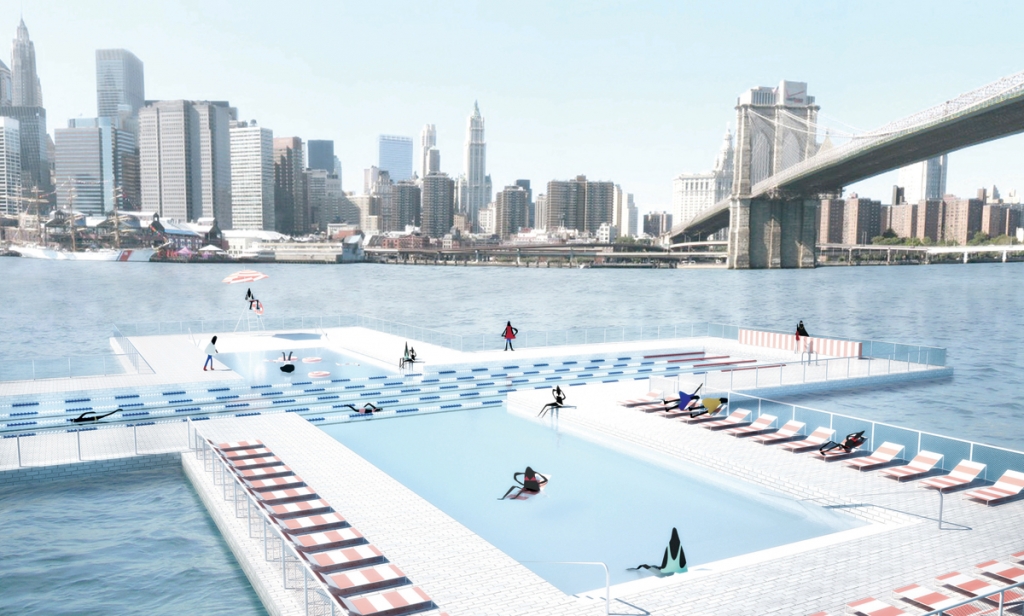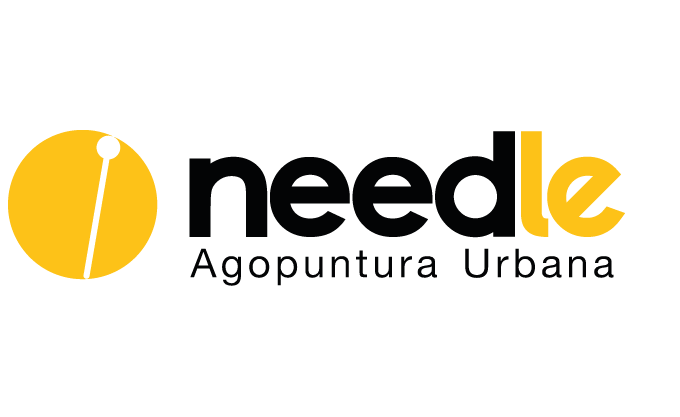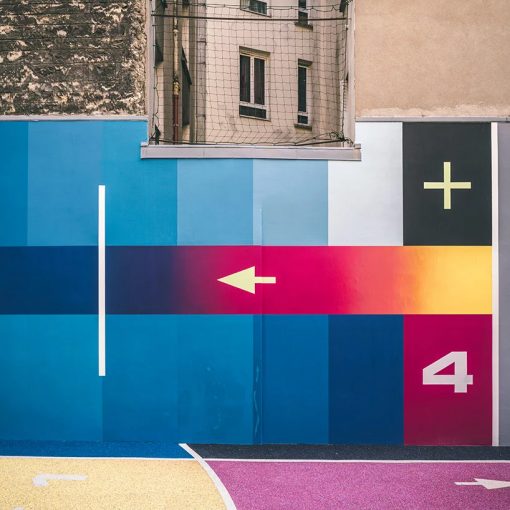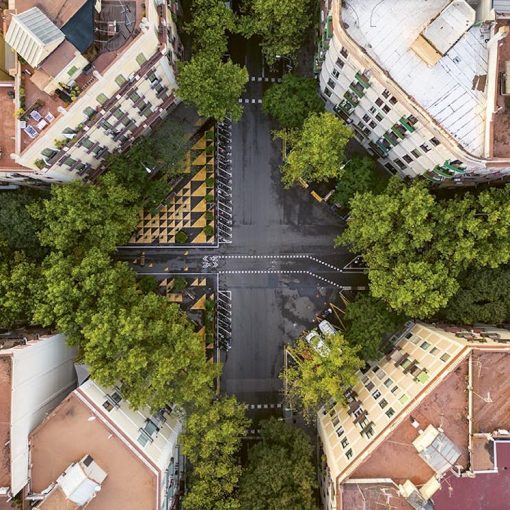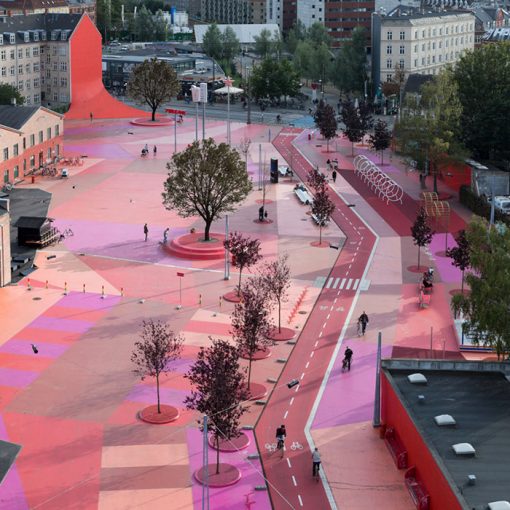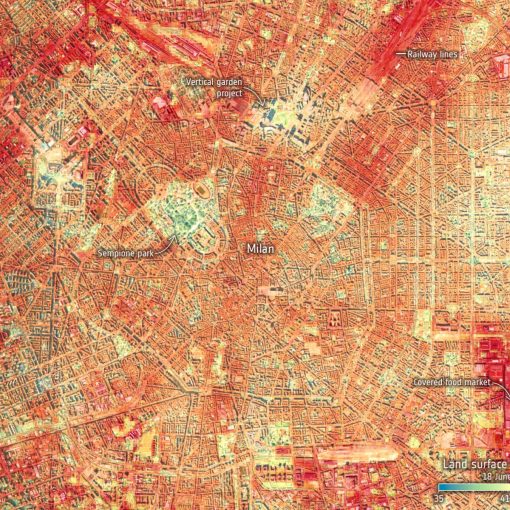Plus Pool è un collettivo di giovani architetti e artisti di New York. Son diventati famosi grazie alla loro campagna crowdfunding “Buy a tile, Build a Pool” che mirava a raccogliere i primi finanziamenti per realizzare la prima piscina filtrante a New York. Hanno avuto un’incredibile successo e dopo la campagna crowdfunding hanno ricevuto finanziamenti privati per continuare il loro lavoro. Li abbiamo intervistati per sapere di più su come hanno fatto ad organizzare la campagna.
Needle: When you first had your idea for the Plus Pool, why did you decide to start with a crowdfunding campaign rather than a traditional fund raising campaign?
Plus Pool: We were a young group of individual artists and architects and did not have a network or platform by which to raise funds. That’s why Kickstarter is great — it really does “kick start” projects that need a launching point.
Needle: Let’s talk about your crowdfunding campaign: how long did it take to prepare it? And what are the most important points to consider when trying to obtain successful results like the one you had in terms of raised money and engagement?
Plus Pool: Crowdfunding campaigns are a lot of work. Not only is it living and breathing the campaign everyday for 30 days, its preparing a long term plan for executing the campaign from a public relations, outreach and community building perspective. I think that the majority of the public underestimate what goes into designing, launching and executing a campaign like that. Its important to re-engage throughout the campaign to make sure its constantly being nurtured. There will be a high point at the beginning, and then it will dip before it goes back up again in the home stretch. Its important to raise visibility of the project throughout.
Needle: While analyzing different examples of crowdfunded projects, we’re having a hard time in defining the thin line between architects’ project, people / communities engagement and crowdfunding: some of them have involved local communities obtaining a project that has a strong relationship with people, but, on the other hand they’re all quite small and low cost solutions that can awake people’s awareness, but do not provide a long-term quality space. On the other hand, when thinking of much bigger projects, we have more difficulties in raising enough money and problems in finding the right strategy to involve people. Based on your experience, what could be a possible balance among engaging, project and crowdfunding?
Plus Pool: You’re correct. We knew we couldn’t raise the full amount of money we needed to build + POOL through Kickstarter (20 million dollars) so we focused on one area we knew we could fund to get us to the next step — engineering and testing the filtration system. We were the first civic architecture project to launch on Kickstarter — since then, many have followed but in a similar way — funding a small piece of a larger puzzle. That’s not to say in the future there cannot be a platform for communities to design and fund projects in full. Cities are starting to launch participatory budgeting programs, and as more architecture projects are showing up on platforms like Kickstarter, the ways in which we design and build our shared public spaces are definitely changing and allowing more community members to participate, which is a great thing.
Needle: One of our major worries is, considering how long it usually takes to deliver a project, how we can keep people interested in the project?
Plus Pool: This is not an easy task. A big part of it is that the community doesn’t necessarily understand the process. Our approach is to make the process as transparent as possible, so people can be engaged throughout — and learn what it takes to build great things for their cities.
